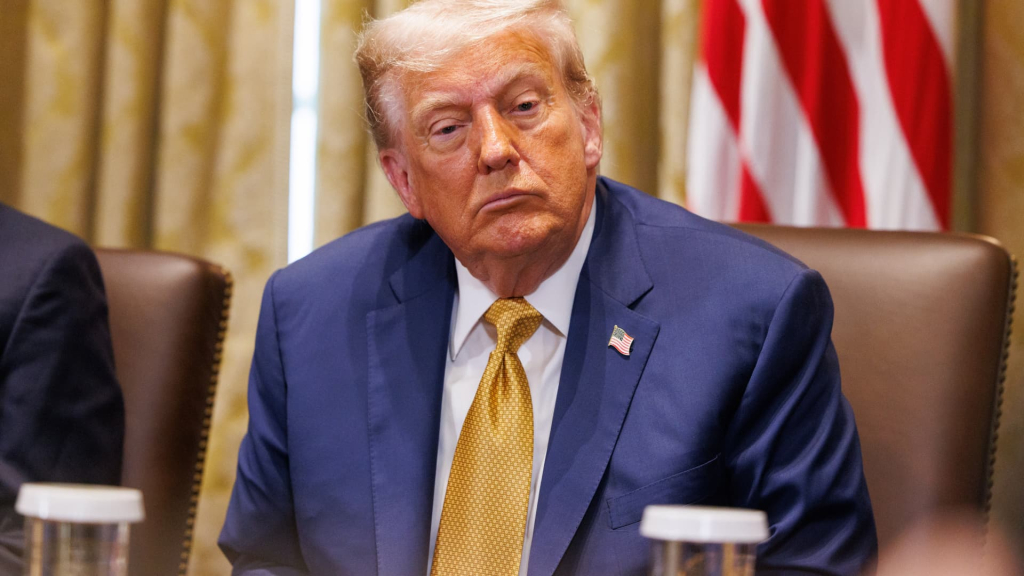The European Union (EU) finds itself in a state of uncertainty regarding a potential trade agreement with the United States as the expected timeline for negotiations remains elusive.
Initial hopes were to finalize a framework by July 9, coinciding with the expiration of a temporary reprieve from tariffs set by U.S. President Donald Trump. However, that deadline has now come and gone without a conclusive agreement between the two trading partners.
Despite the missed deadline, Trump hinted that a framework could still be on the horizon. “We’re probably two days off from sending them a letter. We are talking to them,” he stated, suggesting that a forthcoming letter would mean a deal or at least a decision regarding tariffs is imminent. On social media, Trump mentioned that letters had already been sent to 14 countries detailing new tariff rates, with the EU yet to receive such correspondence.
Trump also pointed to an improvement in communications between the EU and the U.S. “They treated us very badly until recently, now they’re treating us very nicely. It’s like a different world,” he remarked during a Cabinet meeting on Wednesday, describing the EU’s previous stance as tough to navigate.
This statement marks a noticeable shift from Trump’s usual critique of the trade relationship with Brussels, which he has often referred to as unfair and imbalanced.
As reported by the European Council, trade between the EU and the U.S. reached approximately 1.68 trillion euros ($1.97 trillion) in 2024 when considering both goods and services. Although the EU experienced a surplus in goods trading, it faced a deficit in services, resulting in an overall trade surplus of about 50 billion euros last year.
U.S. Commerce Secretary Howard Lutnick also suggested that a deal could be forthcoming. “The European Union, to their credit, has now made significant, real offers, meaning we’re going to take down our barriers, we’re going to open our markets to American farmers, ranchers, and fishermen,” he stated in an interview with Finance Newso’s “Power Lunch” on Tuesday.
“The president’s got those deals on his desk and he’s thinking about how he wants to play them,” Lutnick added.
Expectations are that the EU is likely to propose a baseline tariff of 10%, hoping to negotiate exemptions or specific agreements on certain sectors, a significant reduction from the 50% tariff previously advocated by Trump.
European Commission President Ursula von der Leyen responded to Trump’s remarks with caution, stating, “We stick to our principles, we defend our interests, we continue to work in good faith, and we get ready for all scenarios,” during her address to the European Parliament.
In a discussion with Finance Newso’s “Squawk Box Europe,” Peter Chase, a senior fellow at the German Marshall Fund, noted that the crux of the issue was whether a 10% tariff would be agreeable to the United States. “It’s the importer who pays the tariff, not the exporter,” he explained, comparing it to the tariffs imposed by other nations, such as Korea.
Chase further elaborated, stating that if the EU maintained a 10% tariff while Korea enforced a 25% tariff, American businesses would be effectively paying higher costs to import products from Korea compared to those from Europe. “It’s the American customer that’s the one that will be paying for it,” he concluded.


























